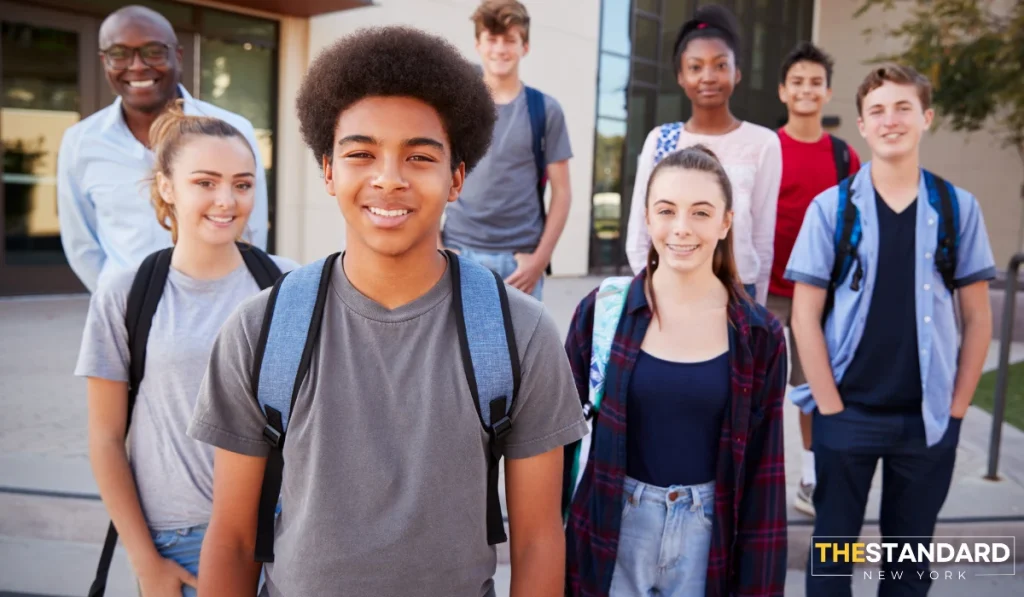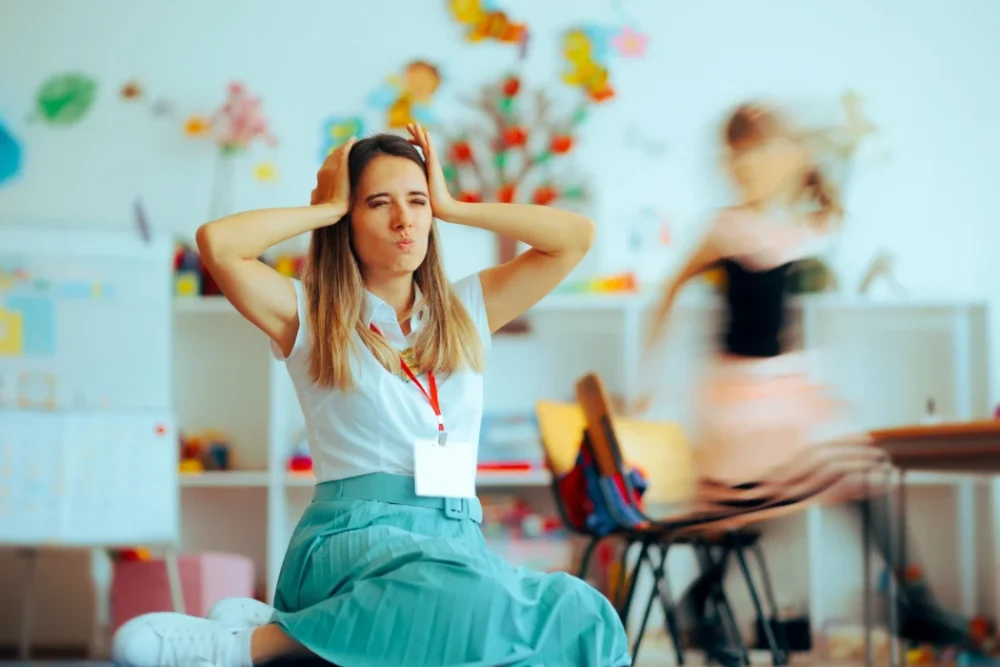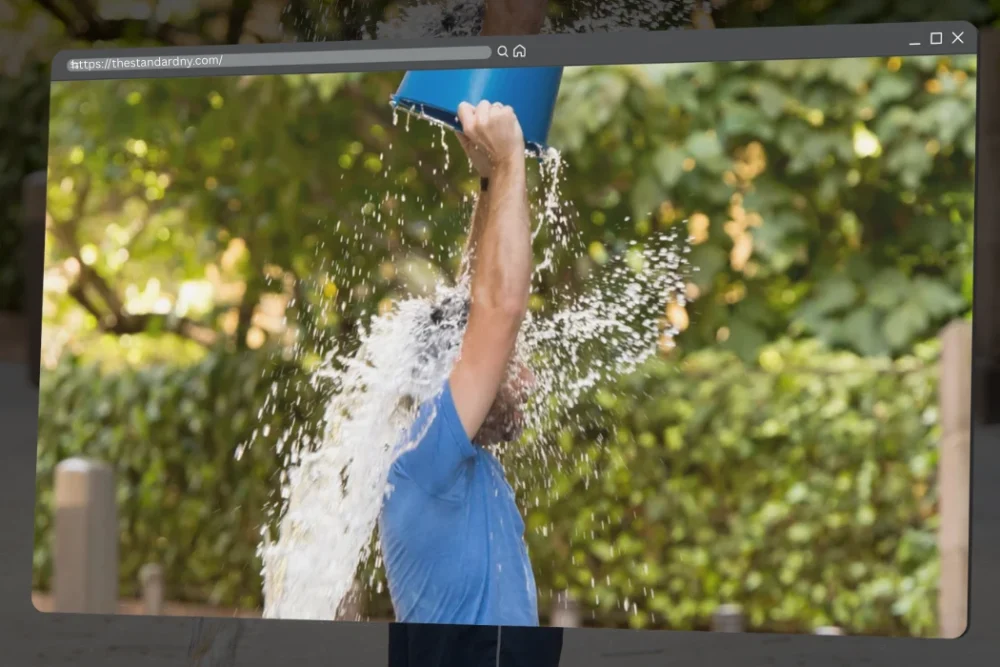Social media isn’t just entertainment for today’s teens, especially those growing up in busy, urban environments. It’s a digital stage, a classroom, a support group, and, sometimes, a battlefield. From Instagram and TikTok to X and Snapchat, these platforms influence how young people see the world and themselves. But while social media can inspire, connect, and educate, it can also distort reality, push negativity, and affect mental health in serious ways.
If you’re a teen in a fast-paced city, you know what it’s like. You’re juggling school, family, sports, and maybe even a part-time job, all while your phone buzzes nonstop. Social media is built to keep you online as long as possible, even if what you’re watching makes you feel worse.
Here’s what schools can’t teach you: Every post engagement, like, comment, and share feeds into complex algorithms that decide what you see next. And what keeps people hooked isn’t always the helpful stuff. Drama, arguments, and controversy get more engagement, so they rise to the top of your feed, even if they’re harmful.
Think about it: a video of students fighting in the hallway will get more shares than a student earning a full ride to college. A comment thread filled with shade or insults gets way more clicks than a calm discussion about mental health or college planning.
According to a 2023 survey by Common Sense Media, over 70% of teens reported seeing more negative content than positive on their social feeds, and nearly half said it affects their mood. That’s not by accident, it’s by design.
Let’s be clear: good things are happening around us every day. Students are organizing voter drives, raising money for their communities, and helping classmates with college applications. Teens use Instagram to teach financial literacy, break down AP Biology concepts, or recommend scholarships.
But because that content doesn’t always spark instant reactions, it often gets buried beneath viral memes or controversial clips. Platforms care more about what keeps you scrolling than what uplifts or educates you.
Many creators are putting out smart, positive content for high school students, but unless you’re actively searching for it, the algorithm probably won’t show it first.
Constant exposure to negativity takes a toll. Urban teens already deal with a lot offline: school stress, street safety, family pressures, and social media adds another layer.
When your feed is full of fights, clapbacks, and toxic “hot takes,” it can create:
- Emotional Exhaustion: Feeling drained from constant conflict online.
- Distorted Reality: Believing everyone is always arguing or showing off.
- Low Self-Esteem: Comparing your real life to someone else’s highlight reel.
- FOMO (Fear of Missing Out): Thinking you’re falling behind because your peers appear to be thriving.
Mental health organizations like The Jed Foundation and Teen Line report growing numbers of urban teens struggling with anxiety linked to online pressure. When all you see is drama or curated perfection (e.g., IG Models), it’s hard to feel confident about your own journey.
What Schools and Parents Can Do
Educators and families can play a significant role in helping teens break free from the cycle. Instead of just warning teens about online dangers, schools should teach how algorithms work and how to curate healthier digital experiences.
Here are some ideas:
- Teach media literacy: Help students understand how and why content is promoted.
- Offer digital detox days: Encourage breaks from phones to reset and recharge.
- Highlight student achievements: Use school social media accounts to publicize student wins.
- Start peer-led content clubs: Let teens create content around school events, wellness, or career prep.
For parents, ask your teen what they’re seeing online. Not to monitor, but to understand. A simple “What kind of stuff shows up on your timeline?” can open up real conversations.
What Teens Can Do Right Now
You have more control than you think. Here’s how to take back your feed and your peace:
- Unfollow or mute toxic accounts: If it stresses you out, it has to go.
- Support creators who uplift and educate: Engage with the content you want to see more of.
- Watch your screen time: Set limits or use features like Instagram’s “Take a Break.”
- Create your own lane: Use your platform to showcase your hustle, talent, and vision.
- Log off when needed: Your mental health is worth more than a streak or a follower count.
Social media is here to stay. For teens, especially those in our cities who already navigate so much, it’s important to remember that the algorithm doesn’t define you. Just because conflict trends doesn’t mean it’s all that exists. Real life is more than what gets likes. You are more than what goes viral.
So if you’re going to scroll, scroll smart. Find the gems. Block the noise. And use your voice to build something better. As one high school junior put it after making similar changes: “I realized the algorithm should work for me, not the other way around.”
The power was always yours. Use it wisely.





